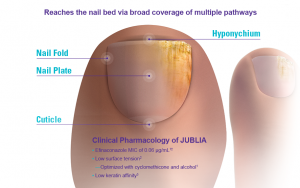Doctor Who Trained In Chicago Among Nepal Earthquake Victims
by Dana Kozlov – general assignment reporter for CBS 2 Chicago.
A doctor and former Malcolm X College student was among a group of climbers killed on Mt. Everest when a massive earthquake in Nepal triggered an avalanche on Saturday.
Marisa Eve Girawong was working as a base camp physician assistant for Madison Mountaineering’s expedition on Mt. Everest. Before leaving for Nepal last year to pursue her career as a physician assistant, she graduated from Malcolm X College in 2012, and completed her medical training at John H. Stroger Jr. Hospital of Cook County.
B. Jang Mi Johnson, a senior physician assistant at the Illinois Dermatology Institute, was one of Girawong’s teachers in the Stroger Hospital-Malcolm X College physician assistant program.
“In a way, I feel like I’ve lost one of my children,†Johnson said.
She said Girawong, 28, wasn’t only an exceptional student, but an exceptional human being. Johnson didn’t want Girawong to be one of the earthquake’s anonymous victims.
“It’s hard when someone that amazing is gone,†Johnson said.







Recent Comments